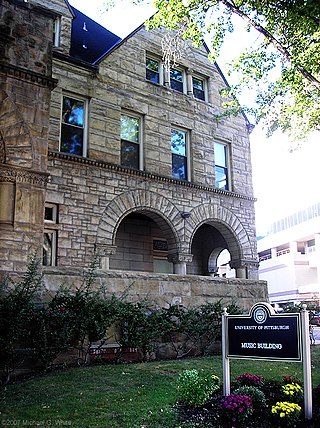Loading AI tools
From Wikipedia, the free encyclopedia
Longfellow, Alden & Harlow (later Alden & Harlow), of Boston, Massachusetts, and Pittsburgh, Pennsylvania,[1] was the architectural firm of Alexander Wadsworth Longfellow Jr. (1854–1934), Frank Ellis Alden (1859–1908), and Alfred Branch Harlow (1857–1927). The firm, successors to H. H. Richardson, continued to provide structures in the Romanesque revival style established by Richardson that is often referred to as Richardsonian Romanesque.


Officially, the firm was Longfellow & Harlow from 1886 until March 1887, with Alden participating as its agent.[1] Then, it was Longfellow, Alden & Harlow, until 1896, when it became Alden & Harlow. The split with Longfellow is described as amicable on page 62 of Margaret Henderson Floyd's book about the firm, and it had more to do with the fact that Longfellow was in Boston and Alden & Harlow had relocated to Pittsburgh and were managing their firm there due to the number of commissions they received.[1] After Alden died, Harlow practiced with different partners in Pittsburgh until his death. Longfellow continued to practice in Boston until his death.
The architects Frederick G. Scheibler Jr., William L. Steele, and Henry M. Seaver trained in the firm's office. Howard K. Jones was the chief draftsman for the Alden & Harlow office. According to Floyd, "other young draftsmen in the office played roles that are still for the most part unknown". The best documented picture is for the firm's largest commission: the major Carnegie Institute expansion of 1899-1907. Here Jones played a key role, assisted by Steele, Richard Hooker, and John Henry Craner.[1][2][3][4][5]

Seamless Wikipedia browsing. On steroids.
Every time you click a link to Wikipedia, Wiktionary or Wikiquote in your browser's search results, it will show the modern Wikiwand interface.
Wikiwand extension is a five stars, simple, with minimum permission required to keep your browsing private, safe and transparent.